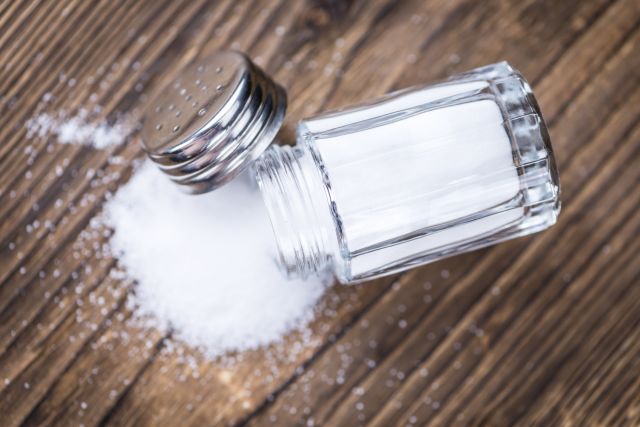Updated on September 24, 2024.
Wondering if you should cut back on salt? Studies suggest it could do good things for your heart and brain.
For example, for a 2022 study published in the Journal of the American College of Cardiology, researchers explored the link between heart health and how often people added salt to their food. After analyzing the salt use of about 177,000 people, they found participants who added salt less frequently had a lower risk of developing cardiovascular diseases over time—particularly heart failure and ischemic heart disease (IHD). IHD happens when poor blood flow damages the heart.
In another study, published in 2010 in the New England Journal of Medicine, researchers estimated that cutting out just 1,200 milligrams (mg) of sodium a day (or about 3 grams of salt, the amount in a 1/2 teaspoon) could prevent up to 99,000 heart attacks and 66,000 strokes a year.
The risks of unseen sodium
Sodium is a mineral found in table salt, which is also known as sodium chloride. It shows up in some other ingredients, too, like sodium bicarbonate (better known as baking soda) and monosodium glutamate (MSG).
Your body needs a certain amount of sodium to stay healthy. But eating too much, as most Americans do, can lead to high blood pressure and gradually worsen your health. That puts you at risk for stroke, heart disease, and kidney disease, among other serious issues.
Most people get the majority of their daily sodium intake—about 71 percent—from processed foods and restaurant meals. The number-one source of salt? Breads and rolls. That’s right, many foods that don’t taste especially salty still contain a lot of sodium. Processed meats, pizza, and soup also pack a lot of salt. Baked goods, whose ingredients typically include baking soda or baking powder in addition to salt, can also contain surprisingly high amounts of sodium. A seemingly innocent muffin, for instance, can pack well over 500 mg.
The average American eats over 3,400 mg of sodium a day—far more than what's recommended. Just 1 tablespoon of soy sauce can contain 1,000 mg.
The Centers for Disease Control and Prevention’s 2020-2025 Dietary Guidelines for Americans recommend consuming less than 2,300 mg of sodium a day. That is about the amount of sodium found in 1 teaspoon of table salt.
Limit your salt
There’s no time like now to get serious about your sodium intake. When you fix more meals at home, you can enjoy food with less salt but more flavor.







